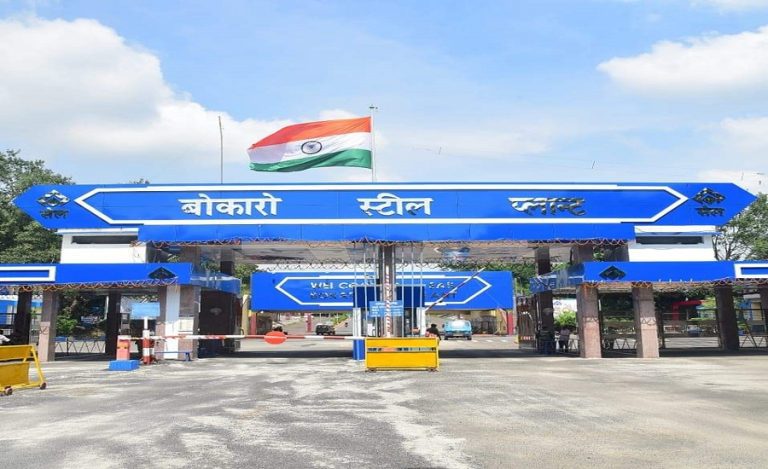New Delhi: The Indian Air Force (IAF) has bid an emotional farewell to the MiG-21 fighter jet, one of its longest-serving aircraft. The final operational sorties took place at Nal Air Force Station in Bikaner, ahead of a formal farewell ceremony scheduled in Chandigarh on September 26.
The milestone closes a remarkable 62-year chapter in India’s aviation history. Inducted in 1963, the Russian-origin MiG-21 became the backbone of India’s combat fleet and shaped generations of fighter pilots.
A Symbolic Send-Off
Chief of Air Staff, Air Chief Marshal AP Singh, personally flew solo sorties of the jet on August 18 and 19. His gesture reflected the deep bond between the aircraft and the IAF’s pilot community.
Recalling his experience flying the Type-77 variant in 1985, Singh described it as agile yet demanding. He noted its unmatched role as a deadly interceptor, capable of climbing over 250 meters per second in maximum reheat.
From Supersonic Revolution to Ageing Warrior
When it entered service in 1963, the MiG-21 was among India’s first supersonic jets. Its simplicity, agility, and reliability made it ideal for both training and combat. Over time, however, the jet faced growing technological and maintenance challenges, making retirement inevitable.
Despite these constraints, the MiG-21 underwent multiple upgrades. The Bison variant introduced advanced avionics, radar, and beyond-visual-range missile capability, keeping it relevant well into the 21st century.
Combat Proven Across Decades
The MiG-21 played a decisive role in every major conflict since its induction. It first saw combat in the 1965 Indo-Pak war, before gaining prominence in the 1971 Bangladesh Liberation War.
On December 14, 1971, MiG-21s bombed the Dhaka residence of East Pakistan’s governor, forcing his resignation. Two days later, Pakistan surrendered.
The jet again proved its worth during the 1999 Kargil conflict, when a MiG-21 shot down a Pakistani Navy Atlantique reconnaissance aircraft. In 2019, a MiG-21 Bison downed a Pakistani F-16, underlining its continued lethality despite its age.
End of an Era, Dawn of a New Fleet
Currently, only two MiG-21 squadrons remain operational. These will be phased out ahead of the September farewell. The transition marks a generational change in IAF’s fleet composition.
Modern platforms such as the Su-30MKI, Rafale, and India’s indigenous Light Combat Aircraft (LCA) TEJAS now define the IAF’s combat strength. The TEJAS, originally conceptualized in the 1980s as a MiG-21 replacement, carries forward the same philosophy of agility in a modern form.
Legacy of a Workhorse
For six decades, the MiG-21 was both a fighter and a trainer, shaping thousands of pilots. It became a symbol of resilience, courage, and aerial dominance, despite its controversial safety record.
The official farewell at Chandigarh, where the jet was first inducted in 1963, will mark a historic closure. For the IAF, it is not just the retirement of a machine but the end of an era.
The MiG-21 will be remembered as both “Flying Coffin” and “Saviour in the skies” a paradox that reflects its long, complex, and unforgettable legacy.



























